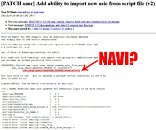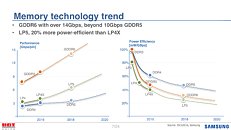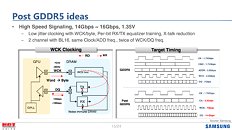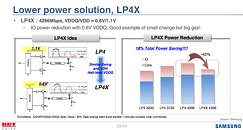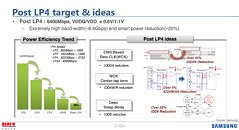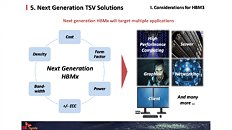
AMD Navi Found Secretly Hiding in Linux Drivers
We know AMD has been doing a great job keeping the lid on their Navi architecture with information being scarce at the moment. Aside from knowing that Navi is being fabricated on the 7 nm process, it is possible that the microarchitecture will quite possibly support next-generation memory like GDDR6 or HBM3. In a Navi discussion on the Beyond3D forums, a user found an entry in a Linux driver dated back to July that apparently mentions AMD's upcoming architecture - not by its real name, of course. The code is to add support for importing new asic definitions from a text file as opposed to adding support in code. Tom St Denis, a software engineer at AMD, listed the output that would be generated by using this functionality. However, the entry that caught our attention reads: new_chip.gfx10.mmSUPER_SECRET.enable [0: 0]. If our memory serves us right, the codename for Vega was GFX9. So by logic, Navi should carry the GFX10 codename. Obviously, the SUPER_SECRET part further backs up our theory or maybe AMD's just trolling us. The red team has been hiring personnel for their GFX10 projects, so we can assume they're working diligently to release Navi some time next year.
